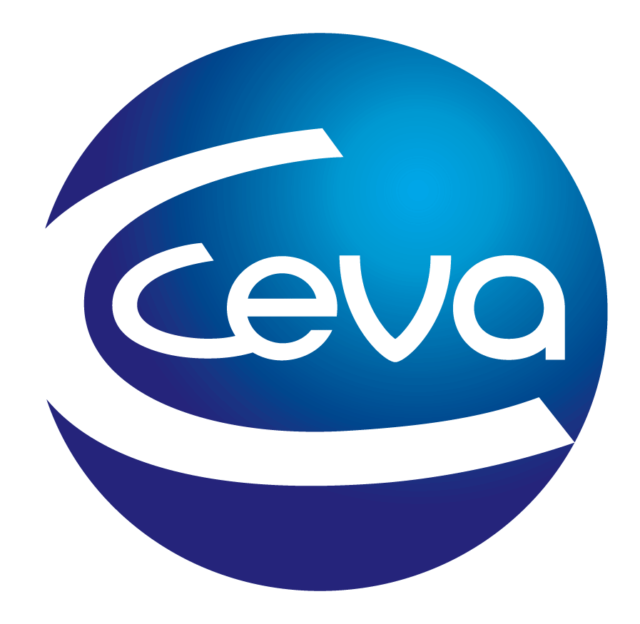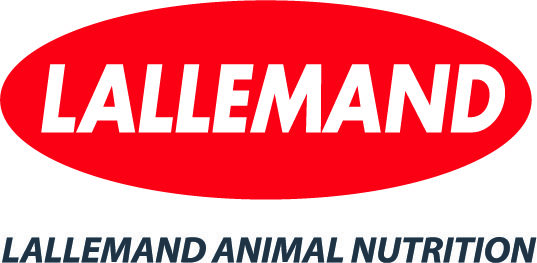Without rubbing salt in the wound, we all know fall is not easy for a farm’s cash flow. Milk cheques are often at their lowest at the end of summer, and field crops consume a lot of cash flow during this time as well, making autumn a difficult time of year. In the current environment, with input price inflation and rising interest rates, the upcoming autumn looks to be financially challenging for many farms.
There are many uncontrollable factors we must bear in mind, but there are also factors that are within our control. The sooner we act, the sooner we can seize power over the factors within our control and effect a positive impact.
Beyond our control: Rising interest rates?
As we now know, the policy rate has increased severely over the last few months at the time of this writing. Most dairy farms have a debt load that ranges from $15,000 to $30,000 per kilogram of quota held, and much of this debt is short-term. Therefore, rising interest rates directly affect the cost of capital for our farms, increasing payments and cash flow requirements.
How do I know where I stand?
Figure 1 shows the effects of interest rate increases from 2% and 3%, for debt with terms ranging from 10 to 20 years. For example, for a farm with $20,000 of debt per kilogram of quota on a 10-year term, a 2% increase in the interest rate translates to an additional cost of $225 per kilogram per year, while a 3% increase in the interest rate on a 20-year term translates to an increase of $380 per kilogram per year.

For a 100-cow farm with 113 kilograms of quota, this equates to an extra $2,000 to $3,500 per month.
Financial solutions
Above all else, be aware that several financial solutions are usually available to you. Firstly, make a budget and monitor your cash flow to better understand the extent of your farm’s situation and to manage it. Secondly, creditors may have solutions to offer, whether it is a debt restructuring or a capital payment forbearance. The availability of these solutions often depends on the farm's financial position and the creditors' confidence in its management. Therefore, maintaining good, open communication with creditors can be very beneficial, and even necessary, regardless of what the overall situation may be.
Be strategic: Review and prioritize your investments
The cost of capital has remained abnormally low over the past 10 years. The Bank of Canada's policy rate has remained below 1% for most of this period, and the rise in recent months signals a significant change in the economic environment. In this new environment, funds are and will be more expensive. As a result, we must double our efforts to make sure we are investing in the right assets and making them as productive as possible.
Do we have assets we could do without? Can we make the assets we want to keep more productive by using them more or more efficiently?
Among other solutions, there are asset-sharing arrangements that are relatively well known (co-ownerships, exchanges and custom work). These arrangements require some effort in terms of managing business relationships, but they have the advantage of reducing the cost of owning assets, including interest and financial stress, without necessarily increasing variable costs or reducing revenues.
Being proactive on the farm — What factors can we influence today?
If we can't avoid the storm altogether, let's at least try to minimize the damage. Most solutions take a few months to deliver their full benefits. Where do we start?
Are there things we do out of habit that need to be reviewed?
1. Raising replacement animals
A lot has been invested in animal comfort and genetic choices focused on cow longevity. However, milk recording statistics for 2021 show a culling rate and a percentage of cows in their third lactation or higher, at levels like those seen 15 years ago. Have we forgotten to adjust the number of animals kept for breeding accordingly? Wouldn't this be an excellent place to reduce monthly cash outflows without having a significant impact on the farm's income?
Example: A Hundred Cow Farm, Inc.
The farm has improved their breeding program and now have an average age at first calving of 24.5 months, giving them a heifer-to-cow ratio of 0.74, a result they are quite satisfied with. However, the farm remains concerned about the loan renewal scheduled for the end of the summer.
A quick analysis with their adviser reveals an underutilized potential: The current growth of the heifers would allow them to be bred 1.5 months earlier. By maintaining the herd health, the cows could easily average an extra half-lactation. The current cull rate of 34% would be reduced to 28%, allowing fewer heifers to be raised to replace the herd. The ratio of heifers to cows in the herd would then drop to 0.58.
Figure 2 shows the proposed changes would increase cash flow from 15 cents per kilogram of fat to 26 cents per kilogram. So even without reducing other costs, there would be a net positive impact on the bank account.

At first, cash flow changes will be negligible: One more calf sold, lower registration fees, less milk replacer, fewer vaccines, etc. But after a few months, the number of heifers in other groups will decrease, resulting in less money spent on starter feed, supplements, breedings, etc. Thus, in less than a year, the farm’s liquidity improves by about $600 per month.
2. Field-based solutions
Fall is often a time for assessment, when we need to make sure we get the most out of our forage. Crop yields are calculated, and decisions are made on the next varieties to be planted, crop rotations, forage acreage, etc. Do you also use this assessment to determine the best feeding strategy for your herd with on-farm inventories?
Here are, in our opinion, three of the best forage feeding strategies to maximize milk production while keeping costs reasonable.
- Giving the best forage to the best cows
- Using corn silage wisely
- Young forage in the ration
In summary ...
We know all farms are affected by the increase in input prices, and the majority will see interest payments increase significantly in the coming months.
In our 100-cow farm example, we estimated their additional interest costs at $2,000 to $3,500 per month. But it is possible to recover most of the increase in interest costs by taking the opportunity to modify their rearing program and ensuring they make the most efficient use of available forages.
Mastering change is never easy, but one key is to remain optimistic and on the lookout for these saving opportunities. In the long term, this will pay off as the efficiency gains achieved in times of crisis will still be valid when the good days return.










